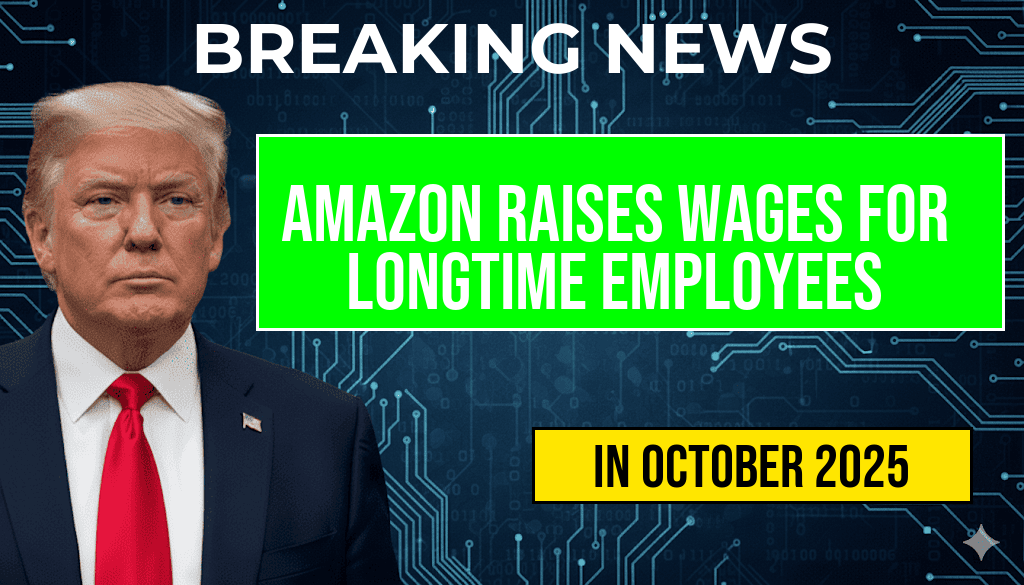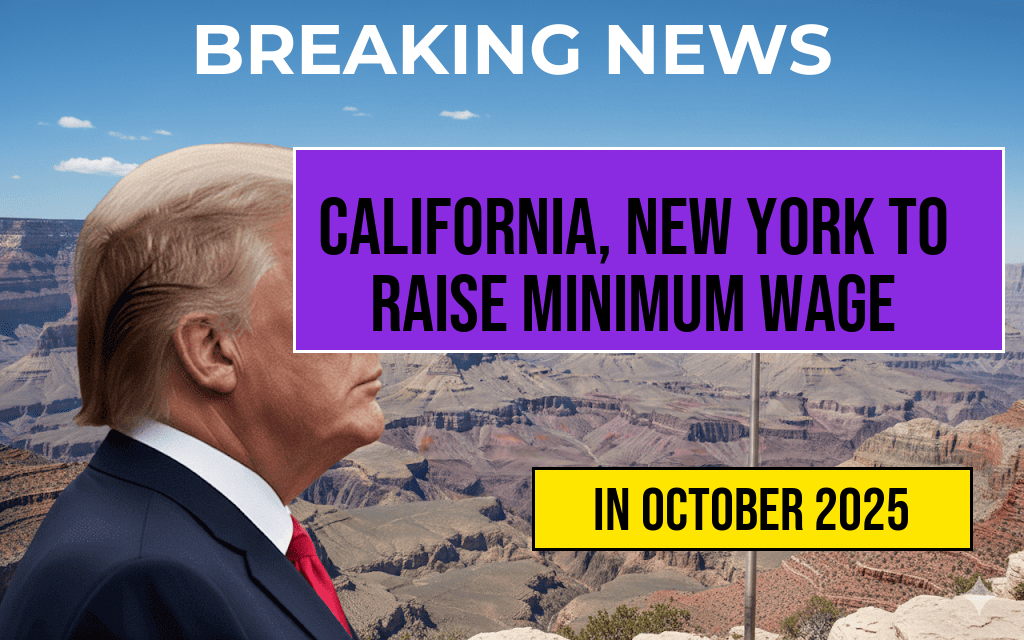Recent policy proposals circulating within the federal government threaten to reshape the economic landscape for America’s middle class. Experts warn that if enacted, these measures could lead to an average income reduction of approximately $1,300 in 2027, potentially reversing years of gradual income growth. The proposed policies, primarily centered around tax reforms, regulatory adjustments, and social program modifications, aim to address long-standing budget deficits and fund infrastructure initiatives. However, analysts caution that the burden of these changes might disproportionately impact middle-income households, leading to diminished purchasing power and increased economic insecurity. As lawmakers debate the details, the potential for a significant shift in the financial stability of millions of Americans is drawing heightened scrutiny from economists and advocacy groups alike.
Understanding the Proposed Policies and Their Economic Impact
Tax Reforms and Revenue Generation Strategies
- The administration proposes tightening income tax brackets for middle-income earners, effectively increasing their tax obligations.
- Elimination of certain deductions and credits aimed at middle-class taxpayers, such as the child tax credit, to boost federal revenue.
- Introduction of new excise taxes on specific goods and services, which could raise costs for everyday consumers.
Regulatory Changes and Business Environment
- Loosening regulations on large corporations, potentially leading to increased profitability but reduced employment benefits.
- Streamlining environmental and labor standards, which critics argue may result in job losses or wage stagnation for mid-tier workers.
- Implementation of policies favoring automation and technological innovation, possibly reducing demand for routine-based middle-income jobs.
Adjustments to Social Programs and Welfare Policies
- Proposed cuts to social safety nets, including reductions in unemployment benefits and housing subsidies.
- Shift towards means-tested programs that could limit access for some middle-income families, particularly those experiencing temporary financial hardship.
- Reevaluation of healthcare subsidies, potentially increasing out-of-pocket expenses for many households.
Projected Income Changes and Economic Modeling
| Scenario | Average Income Change | Percentage Decline |
|---|---|---|
| Current Policies Maintained | $0 | 0% |
| Proposed Policies Enacted | -$1,300 | Approximately 2.5% |
Economists utilizing economic modeling tools predict that, if these policies are implemented, the median middle-income household could see a decrease of $1,300 annually by 2027. This decline translates to reduced discretionary income, impacting consumer spending and savings potential. The analysis takes into account both direct effects, such as increased taxes, and indirect effects, including potential job market shifts and inflationary pressures resulting from policy adjustments.
Public Response and Political Reactions
The proposals have sparked widespread debate among policymakers, with supporters emphasizing fiscal responsibility and infrastructure funding, while opponents highlight the risk to middle-class prosperity. Democratic lawmakers largely oppose the reforms, citing concerns over income inequality and economic stability. Conversely, some Republican members argue that the policies are necessary to curb federal deficits and promote economic growth through deregulation.
Advocacy groups representing middle-income families have organized protests and issued statements warning of the potential hardships. According to the Economic Policy Institute, such policy shifts could exacerbate the existing wealth gap and hinder upward mobility for millions of Americans.
Historical Context and Future Outlook
Historically, shifts in fiscal policy have had profound effects on income distribution. For example, tax reforms in the 1980s and early 2000s altered the economic landscape, often benefiting higher earners while placing additional burdens on middle-income households. Experts suggest that the current proposals follow a similar pattern, emphasizing the importance of scrutinizing long-term impacts.
Looking ahead, the development and passage of these policies remain uncertain. Stakeholders across the political spectrum are preparing for intense negotiations, with some advocating for adjustments that could minimize adverse effects on middle-class income levels. Meanwhile, economic indicators such as consumer confidence and employment rates will likely serve as barometers for the actual impact once policies are enacted.
Sources and Further Reading
Frequently Asked Questions
What is the main concern regarding the middle class in the upcoming policies?
The primary concern is that new policies could significantly **reduce the average income** of the middle class by approximately $1,300 in 2027, potentially impacting their financial stability.
How might these policies affect the overall financial well-being of middle-class families?
If implemented, the policies could lead to a decrease in **disposable income** for middle-class families, making it more challenging to cover essential expenses and save for the future.
Which specific policies are expected to cause these income reductions?
The article highlights several proposed policies, including **tax reforms** and **spending cuts**, that are projected to directly impact the **income levels** of middle-income earners.
Are there any measures or alternatives suggested to mitigate the potential income decline?
While the article focuses on the potential impacts, it suggests that **policy adjustments** or **income support measures** could help mitigate the adverse effects on the middle class.
When are these policies expected to be implemented, and how soon will the income reductions take effect?
The policies are anticipated to be implemented by **2027**, with the projected **income reductions** becoming noticeable around that year as the full effects of the policies take hold.










